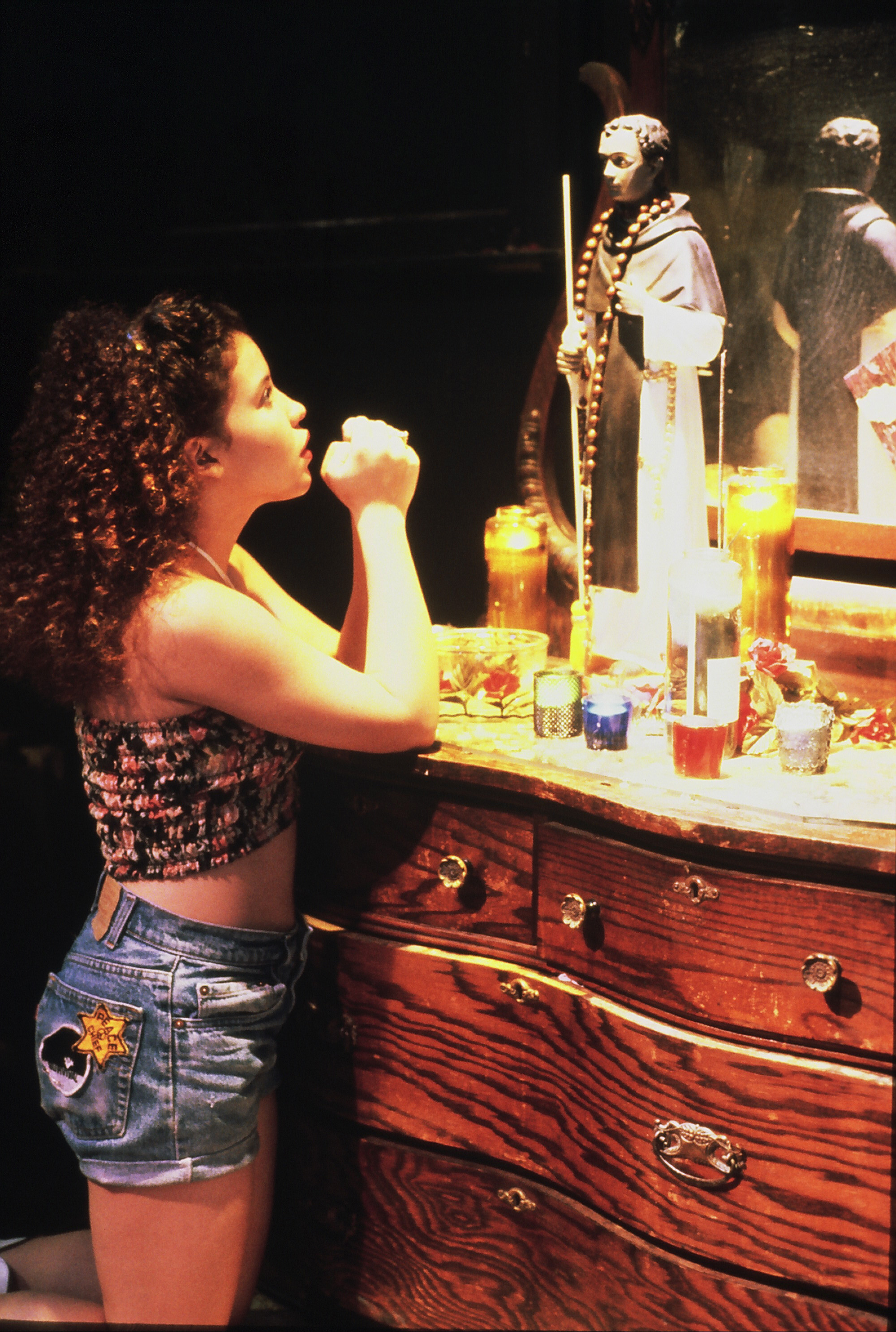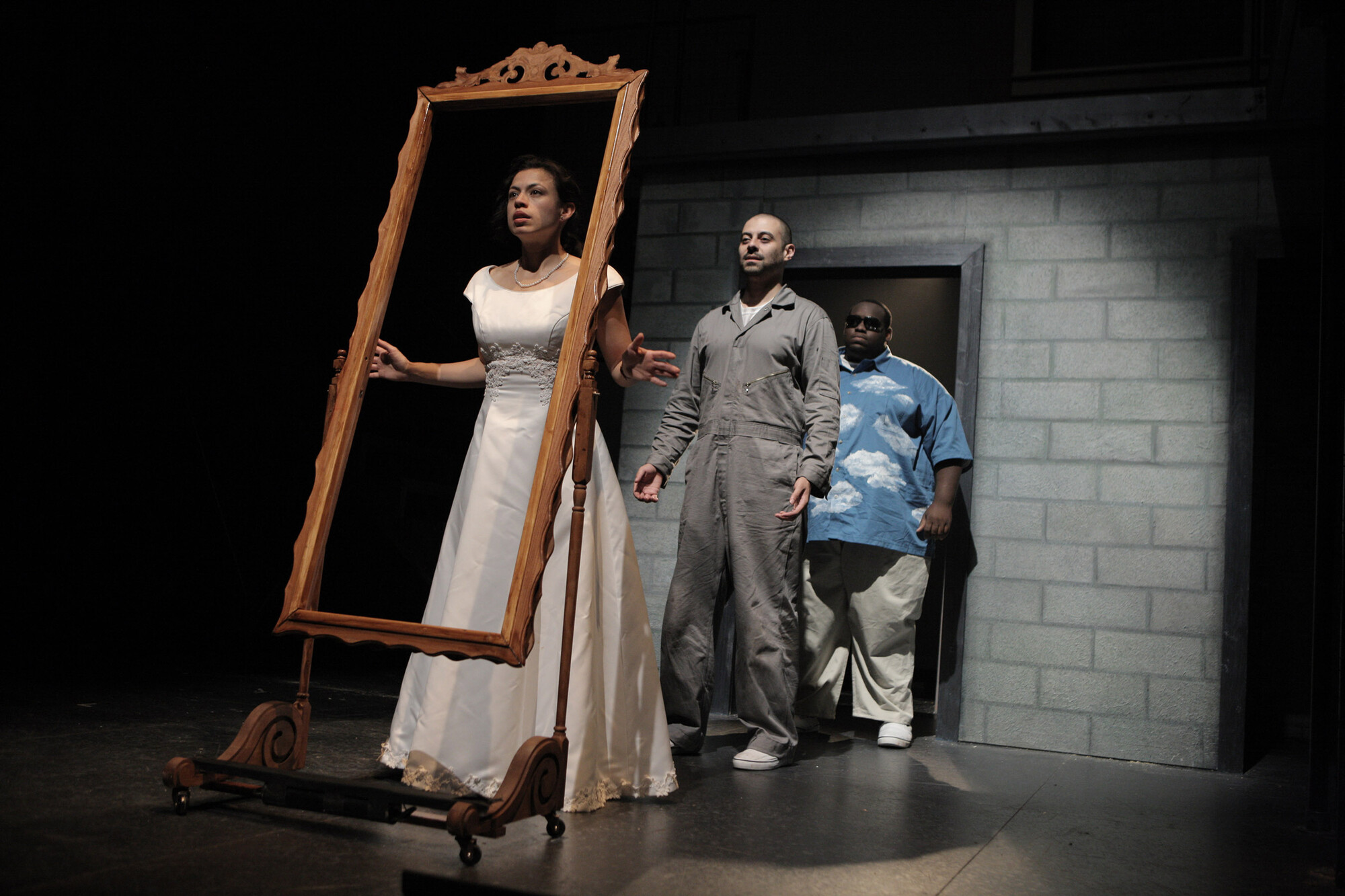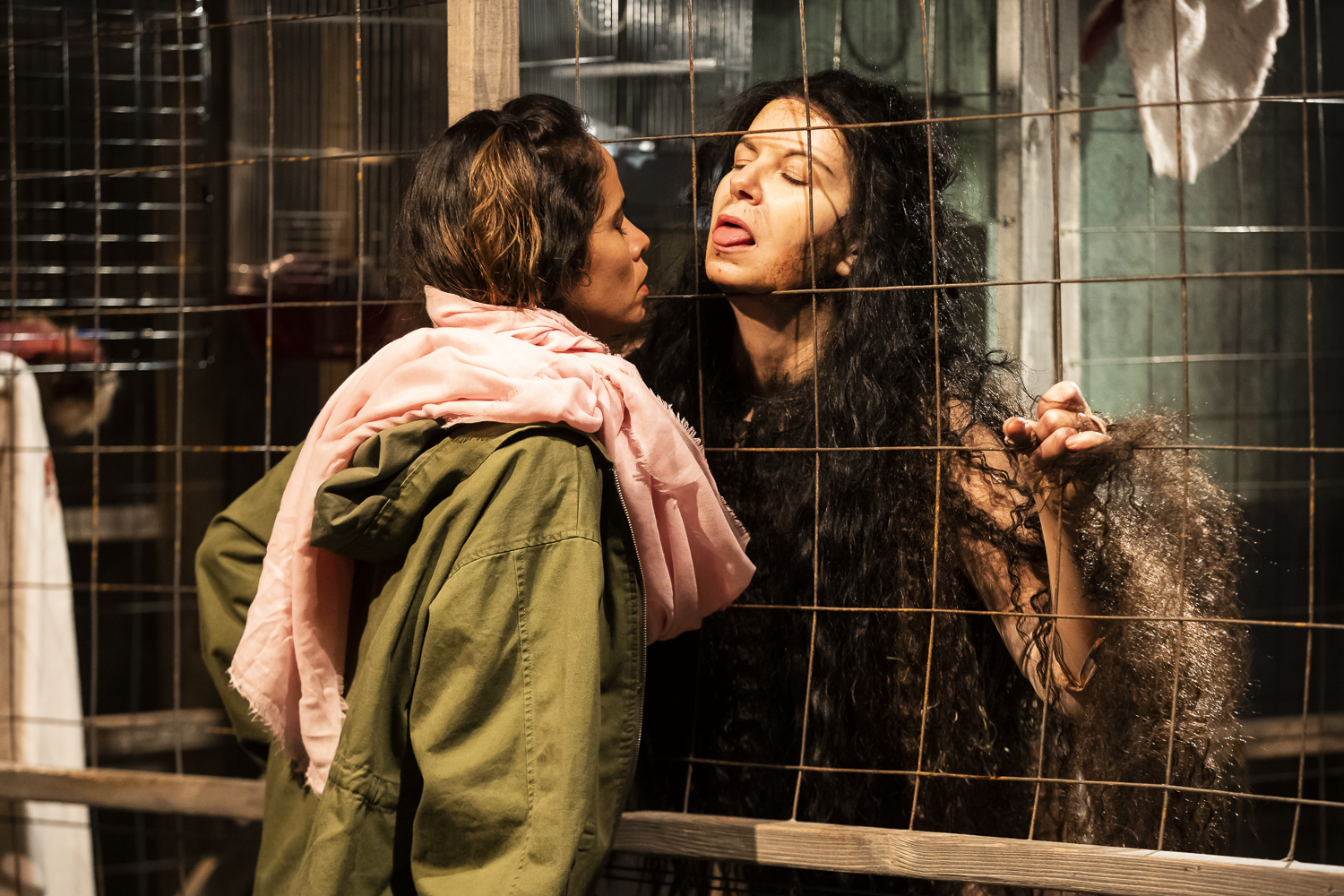In 2019, playwright Sheila Callaghan had a mad, beautiful idea: why not start a publishing imprint to amplify adventurous, underrepresented—or in the press’s log line, “badass”—playwrights whose challenging work too rarely reaches the stages of risk-averse American theatres? Sheila called it Tripwire Harlot Press and has, since founding, published some terrific, brain-on-fire writers, including Christina Anderson, Hansol Jung, Phillip Howze, Callaghan herself, and soon Sharon Bridgforth and Migdalia Cruz.
Maybe a play is impossible simply because it’s written by a woman over sixty without a Pulitzer or six-figure public honor to her name, despite being an artistic beacon to many of her theatre colleagues and students.
Migdalia’s anthology launches in October under the title Impossible Plays. It’s a mind-blowing collection of three works that might never see stage light because, well, they’re impossible. This raises some scintillating questions: What makes a play impossible? Is it impossible to stage or impossible to fathom? Is it too expensive or too demanding? Does it defy convention—the agreed-upon possible—or dare theatres to dare more than they dare to? Is the woman who writes such a play an impossible person? Maybe a play is impossible simply because it’s written by a woman over sixty without a Pulitzer or six-figure public honor to her name, despite being an artistic beacon to many of her theatre colleagues and students. All of the above?
And what makes a playwright badass? Refusing to make nice when writing about sex or empire or human-on-human violence? Refusing to give fucks that not-so-young-anymore writers become personae non gratae, expected to go quietly into the long night of their artistic maturity without so much as a party hat?
However you define it, Migdalia Cruz qualifies. She eschews the merely possible and sets no limits on her wild, brutal, loving imagination. She won’t write down to audiences or to the people who program for them. In late 2023, Migdalia earned the honor of Legacy Playwright, together with important and irascible badass Frank Chin, a founding father of Asian American theatre. This honor was bestowed by the Legacy Playwright Initiative (LPI) at the Dramatists Guild Foundation, a national, multiyear project to shine light on playwrights deserving attention or re-discovery in a field that too often shuttles later-life artists aside. (LPI was the brainchild of longtime Lincoln Center Theatre dramaturg Anne Cattaneo, who gathered colleagues from across the profession to make it real. I currently direct the initiative, but, full disclosure, I don’t nominate or select winners.)
Some dramatic impossibilities braved by Migdalia Cruz: her plays are polymorphous; they cross time periods, genres, genders, and realities. She draws on myth, fairy tale, legend, and dream, as well as political, literary, and personal history, to extend the reach of her storytelling, sometimes all at once. A truism of pragmatic playwriting pedagogy holds that you can’t mess with both form and content at the same time, but Migdalia must have cut class that day. She even presumes to slam together multiple stories in a single play—take that, American theatre! No wonder Tripwire Harlot is publishing her in their Sledgehammer Series.
















Comments
The article is just the start of the conversation—we want to know what you think about this subject, too! HowlRound is a space for knowledge-sharing, and we welcome spirited, thoughtful, and on-topic dialogue. Find our full comments policy here